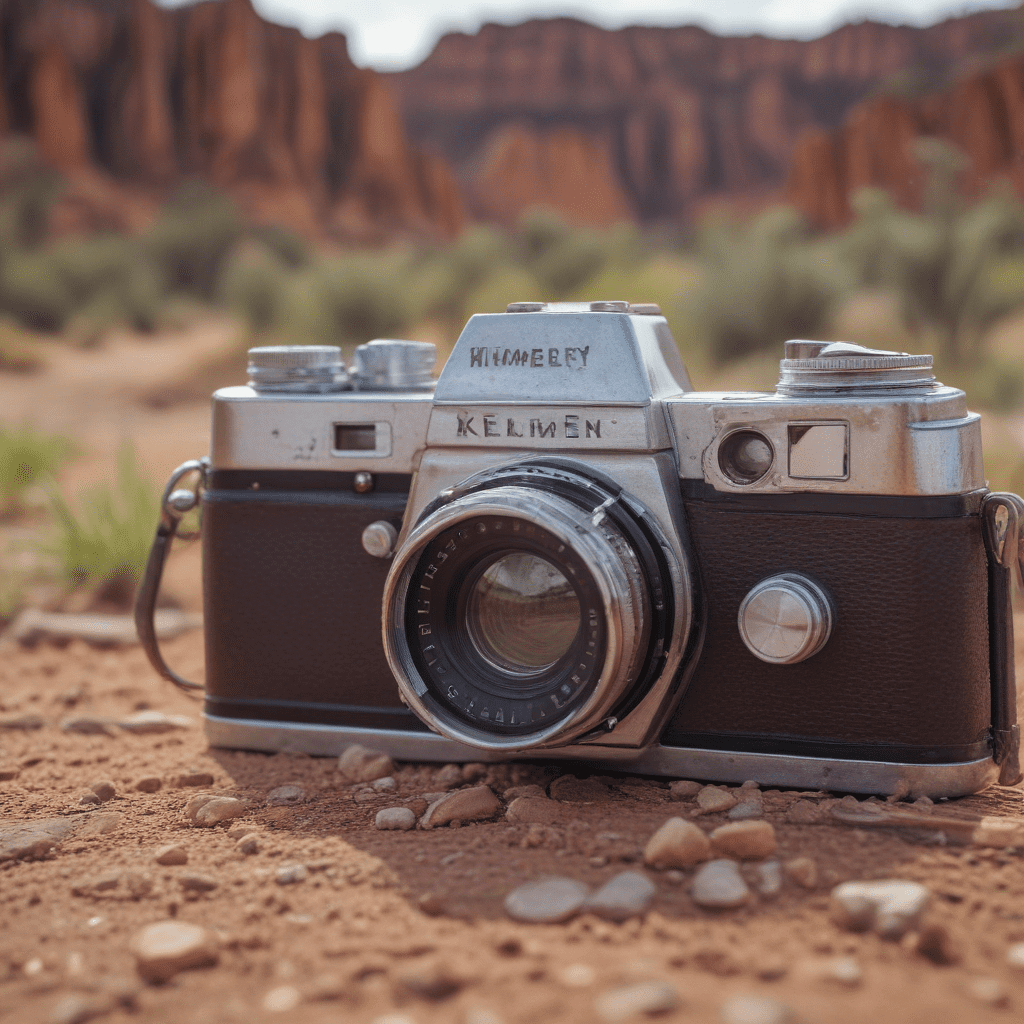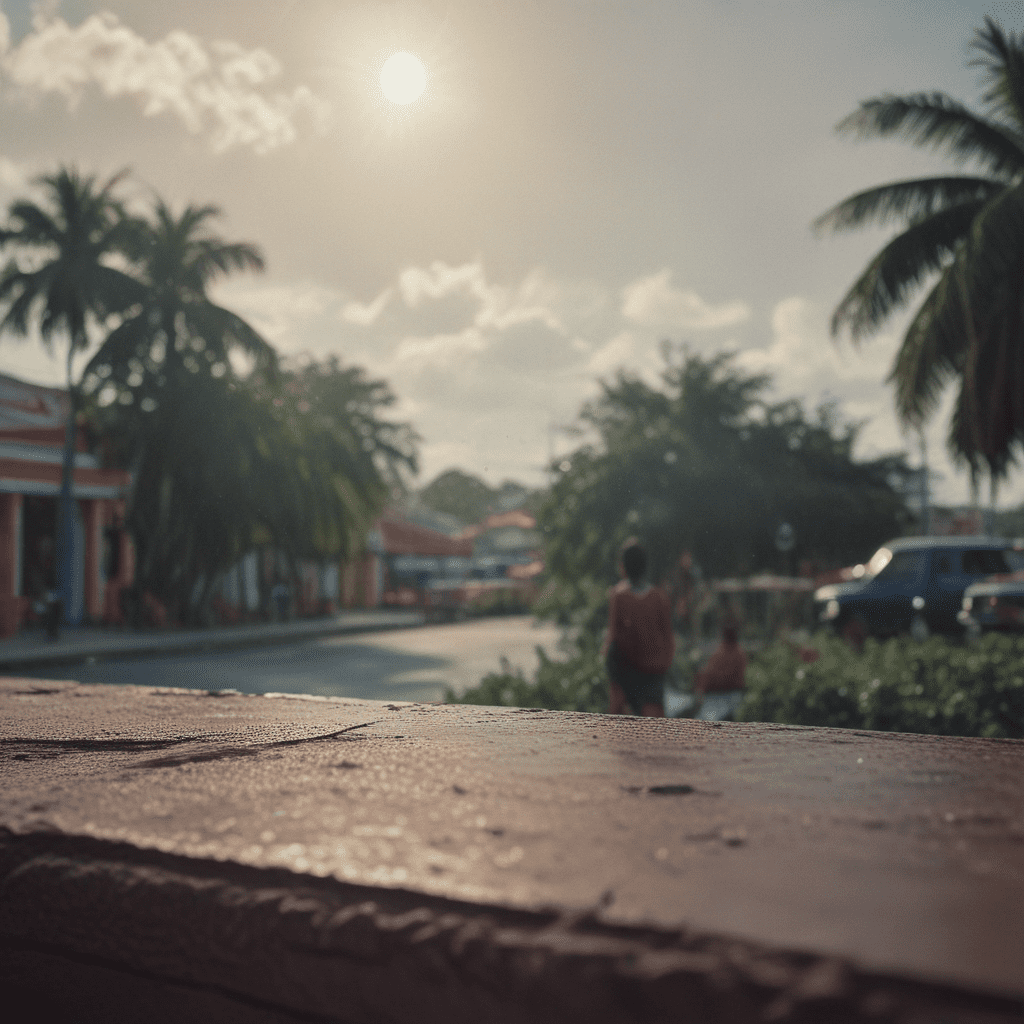
Exploring the Remote Beauty of the Kimberley Region
Nestled in the northwestern corner of Australia, the Kimberley Region beckons adventurers with its awe-inspiring landscapes and rich cultural heritage. This vast natural wonderland, spanning over 400,000 square kilometers, is renowned for its ancient rock formations, pristine coastlines, cascading waterfalls, and abundant wildlife.
Geological Marvels
The Kimberley's geological tapestry is a testament to the Earth's tumultuous past. The region boasts some of the world's oldest rocks, dating back to nearly 3 billion years, which have been shaped by erosion and tectonic forces over millennia. Dramatic sandstone ranges, such as the Bungle Bungle Range, exhibit a mesmerizing array of colors and intricate patterns, while towering plateaus and deep gorges reveal the complexities of the Kimberley's geological evolution.
Ancient Indigenous Culture
The Kimberley Region holds profound significance for the Indigenous peoples of Australia, with over 40 distinct language groups calling it home. For thousands of years, these communities have maintained a deep connection to the land, preserving their cultural traditions and creation stories through generations. Ancient rock art, ceremonial sites, and songs continue to narrate the rich cultural history of the Kimberley's Aboriginal inhabitants.
6. Horizontal Waterfalls
The Horizontal Waterfalls are a unique natural phenomenon found in the Kimberley's Talbot Bay. As the tide rises, vast volumes of water are forced through two narrow gorges, creating an illusion of horizontally cascading waterfalls. Visitors can experience the exhilaration of cruising through these powerful waterfalls, a thrilling adventure that showcases the Kimberley's untamed beauty.
7. Cape Leveque and the Dampier Peninsula
Cape Leveque, located on the Dampier Peninsula, is a breathtaking destination that combines stunning landscapes with rich Indigenous heritage. Its pristine turquoise waters invite you to swim, snorkel, and dive among vibrant coral reefs. Explore ancient Aboriginal rock art sites and witness the traditional lifestyle of the local Bardi Jawi people, who have inhabited this sacred land for thousands of years.
8. Gibb River Road Adventure
The Gibb River Road is an iconic outback track that traverses the heart of the Kimberley Region. This 660-kilometer unsealed road offers a rugged and adventurous driving experience, leading past remote cattle stations, towering gorges, and pristine river crossings. Along the way, you'll encounter diverse wildlife, including wallabies, kangaroos, and rare bird species, making this a journey of discovery and adventure.
9. Drysdale River National Park
Drysdale River National Park is a haven for nature enthusiasts, boasting a diverse array of habitats within its vast wilderness. The park's centerpiece is the Drysdale River, a pristine waterway teeming with freshwater barramundi and other marine life. Explore ancient sandstone formations, hike through lush rainforests, and immerse yourself in the abundant birdlife that calls this park home.
10. Purnululu National Park
Purnululu National Park is renowned for its extraordinary Bungle Bungle Range, a surreal landscape of beehive-shaped rocks that rise from the surrounding plains. Hike through ancient gorges, discover hidden waterfalls, and marvel at the changing colors of the Bungle Bungles as the sun rises and sets. This remote wilderness is a true natural wonder that showcases the untouched beauty of the Kimberley Region.
Frequently Asked Questions (FAQs):
1. What is the best time to visit the Kimberley Region?
The best time to visit the Kimberley Region is during the dry season, which runs from April to October. During this time, the weather is generally clear and temperatures are more manageable for outdoor exploration.
2. How do I get to the Kimberley Region?
The Kimberley Region can be accessed by air, road, or sea. The nearest major airport is Kununurra Airport (KNX), which offers flights from Perth and other Australian cities. You can also drive to the Kimberley Region via the Great Northern Highway from either Perth or Darwin.
3. What are the must-see attractions in the Kimberley Region?
The Kimberley Region is home to a multitude of must-see attractions, including the Bungle Bungle Range, Horizontal Waterfalls, Cape Leveque, and Purnululu National Park. The Gibb River Road is also a popular destination, offering a rugged adventure through the heart of the Kimberley.
4. What wildlife can I expect to see in the Kimberley Region?
The Kimberley Region is home to a diverse array of wildlife, including wallabies, kangaroos, crocodiles, and numerous bird species. You may also encounter unique and endangered species such as the black-footed rock wallaby and the northern quoll.
5. What are the safety precautions I should take when traveling in the Kimberley Region?
The Kimberley Region is a vast and remote area, so it's important to take certain safety precautions when traveling. Always inform someone of your itinerary, carry plenty of water, wear appropriate clothing and footwear, and be aware of the risks associated with wildlife and the rugged terrain.

